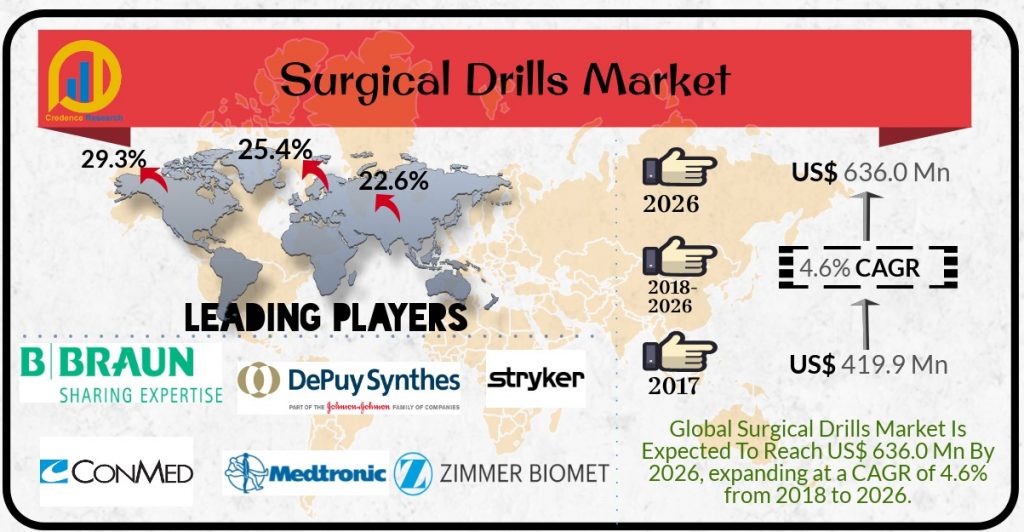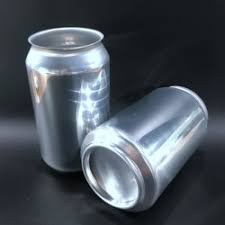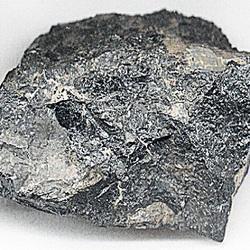The nanochemicals market is poised for substantial growth in the years to come. As the term suggests, nanochemicals are made with nanoparticles that clean and catalyze themselves and are resistant to corrosion. Moreover, the properties of such chemicals, including how they react to temperature, pressure, and moisture, can be changed as per requirement.
This is why nanochemicals are also finding rising application in specialty chemicals, especially those that are consumed on their own or used to make the end products used in the automotive, electronics, and cosmetics industries. Some of the most common materials containing nanochemicals are advanced polymers, additives, sealants, adhesives, and special-purpose pigments, paints, and coatings. For instance, the high-purity germanium and silicon used to manufacture electronic equipment, high-tungsten and -carbon steel used to make machine tools, and fillings used in dentistry are all being produced with nanochemicals.
Specialty chemicals have a wide application base, including agricultural products, pharmaceuticals, building and construction, food and beverages, coatings, household products, transportation, and pulp and paper manufacturing. With the continuous rise in the population, the demand for all such products and transportation services is increasing, which is leading to the surging demand for nanochemicals for the production of the specialty chemicals used in these industries. This is why chemical manufacturers and even government organizations are investing heavily for coming up with better nanochemicals.
Numerous types of nanochemicals are used for the abovementioned purposes, such as ceramic, metallic, and polymer nanochemicals. Among these, metallic nanochemicals are the most-popular among end users, as these materials have a smaller size, which allows for more contact points. This property of metallic nanochemicals proves useful during catalysis and in applications that mandate higher binding levels. Moreover, numerous functional groups can be added to these chemicals at the molecular level, which would allow them to bind with antibodies, drugs, and ligands. Thus, metallic nanochemicals are finding widespread usage in the biotechnology sector.
In the coming years, the usage of nanochemicals of all types is set to increase the fastest for the manufacturing of cosmetics. Such chemicals offer a range of properties to cleansers, sunscreens, creams and lotions, complexion treatment products, specialized makeup products, and shampoos, such as greater coverage and clarity and cleansing, personalization, absorption, anti-microbial, and antioxidant functionalities. Some of the most common nanochemicals used in cosmetics are zinc oxide, titanium oxide, and silver. With the increasing demand for cosmetics, their manufacturers are investing in research and development (R&D) to unearth new uses of nanochemicals in them.
In the past, North America was the largest nanochemicals market, as any new technology is mostly adopted here; then it reaches other parts of the world. Nanochemical consumption in the continent is driven by the increase in the demand for pigments and inks. The Asia-Pacific (APAC) region is projected to witness the fastest-rising consumption of nanochemicals because of the rapid shift of industrialists to nanochemicals from conventional materials. Furthermore, the growth in the electronics, construction, personal care, pharmaceuticals, and rubber industries will result in the rising usage of nanochemicals in the region.
Hence, as more applications are unearthed for nanochemicals, the demand for them will increase.




